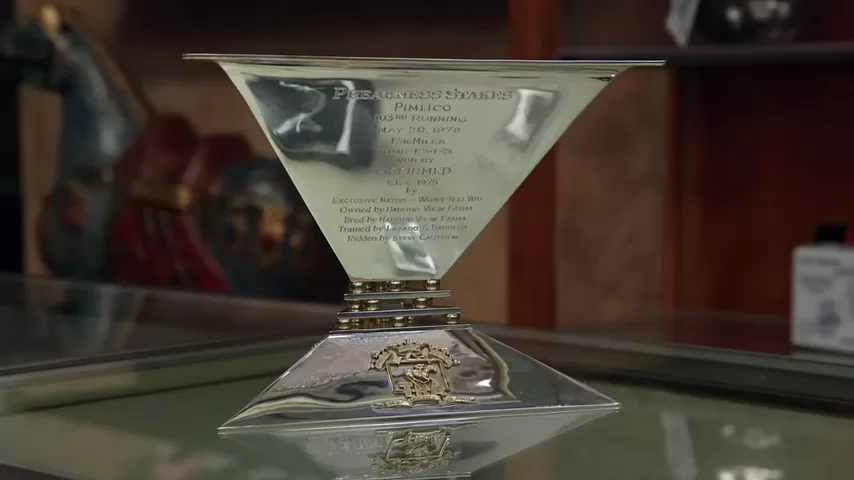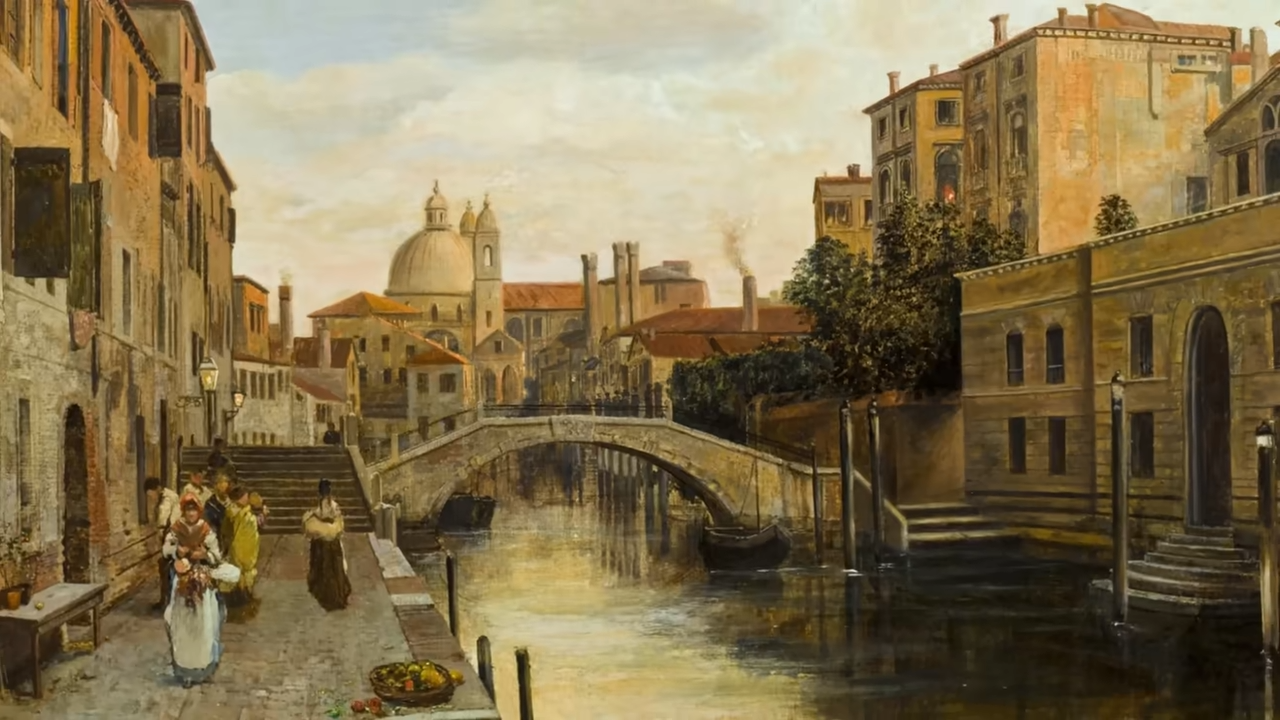Not every trophy can be bought. And some, when they appear, carry more than just silver and gold—they carry legacy.
So when a man walked into a Las Vegas pawn shop carrying a 1978 Triple Crown Trophy, the reaction was exactly what you’d expect: jaw-dropping silence, followed by disbelief.
“You don’t look like the size of a jockey,” the shopkeeper joked. “No magic trick today?”
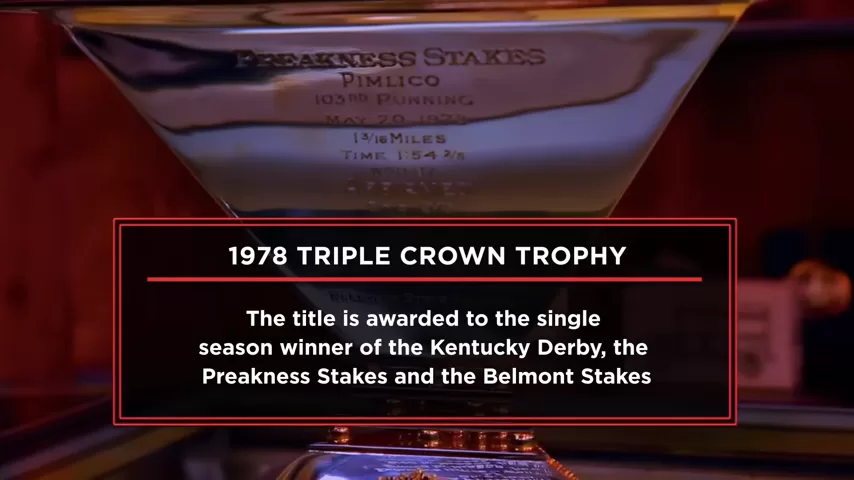
No tricks, just history.
The Crown Jewel of Horse Racing
The Triple Crown Trophy, awarded to the trainer of a horse that wins the Kentucky Derby, the Preakness Stakes, and the Belmont Stakes in a single season, is one of the rarest awards in sports. In over a century of American horse racing, only 13 horses have claimed the Triple Crown. And in 1978, that horse was Affirmed, a chestnut legend trained by the late Laz Barrera.
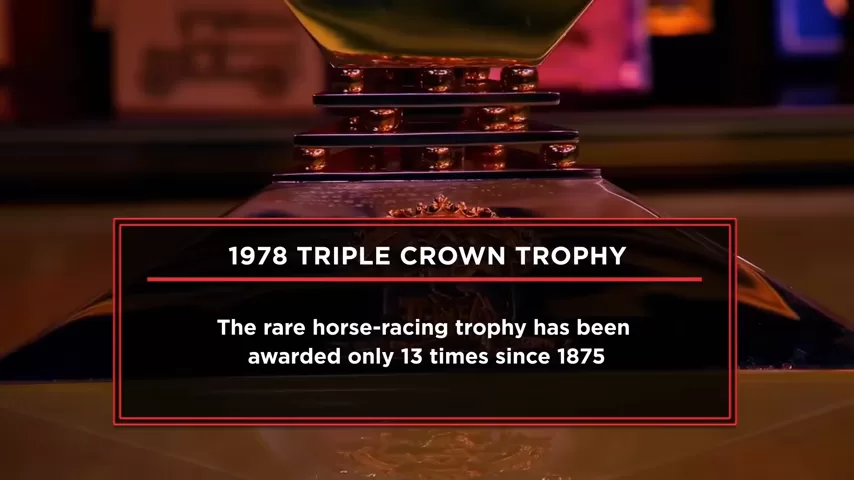
“At one point, Affirmed was the fastest horse in the world,” the seller said proudly.
The trophy was designed and created by Cartier, the famed luxury jeweler. Much like the Vince Lombardi Trophy made by Tiffany & Co. or the Stanley Cup overseen by the NHL, this isn’t something you see in public circulation. It’s museum-level prestige—and for the right collector, an unmatched prize.
How Did It End Up Here?
The seller explained he had acquired the trophy through his connection to the trainer’s family. When the opportunity to purchase it arose, he jumped in—seeing it not only as a piece of sports history but as a long-term investment.
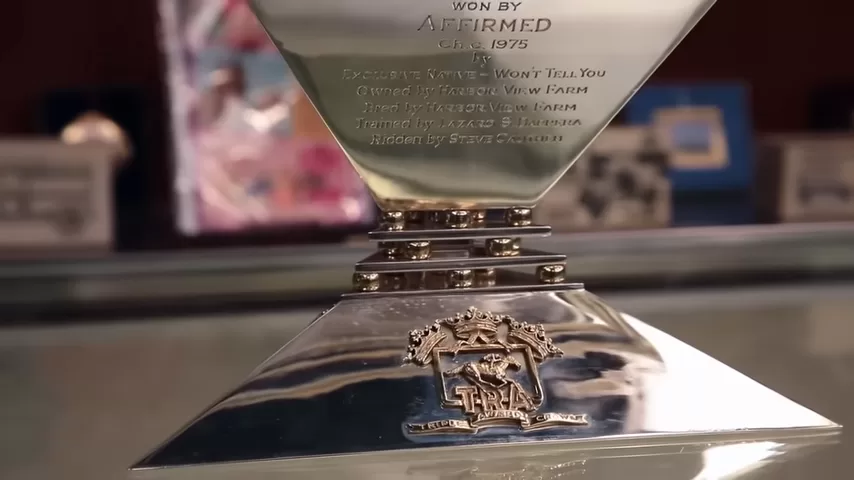
“Since this is one of the only ones available, I thought it would be a good investment,” he said. “I’m hoping to get $500,000 for it.”
To most people, that’s an eye-watering number. But for something this rare? It’s not unreasonable.
A Trophy Fit for Legends
An expert was quickly called in—Dan, a sports memorabilia specialist, who immediately understood the gravity of what he was seeing.
“This is just incredible,” Dan said. “It’s like having the baseball someone threw a no-hitter with. It’s not supposed to be in public hands. It’s supposed to be in a museum.”

And that raised a critical legal question: Can someone even own this?
Dan clarified that in some cases, trophies like Oscars or Grammys can’t legally be resold and must be returned if discovered. But this wasn’t the case with the Triple Crown.
“In this case, yes—it can be sold. The trainer, Laz Barrera, passed in 1991, and families often sell trophies to cover expenses. It’s rare, but it happens.”
The Value: What’s It Really Worth?
Appraising something this rare is difficult. No public auction records exist for previous Triple Crown trophies. They simply never hit the open market.
But Dan was willing to venture a number:
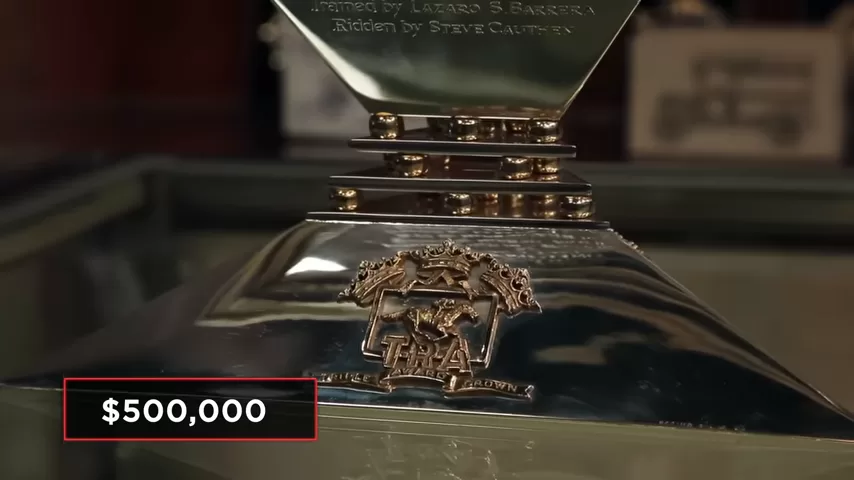
“Compared to other major sports trophies—and given its rarity and provenance—this could be worth $500,000.”
Still, he noted that the horse racing collectibles market is niche. There may not be a long line of buyers waiting. But all it takes is one person with deep pockets and a love for racing, and this trophy could become the centerpiece of a private collection.
Negotiation: The Money Gap
Despite the expert’s appraisal, the shop needed to think like a business. Buying a $500,000 item means risk, storage, insurance, and time on market. So the opening offer?
$125,000.
The seller didn’t flinch.
“Would you go $225,000?” the shopkeeper asked, stretching the budget as far as it could go.
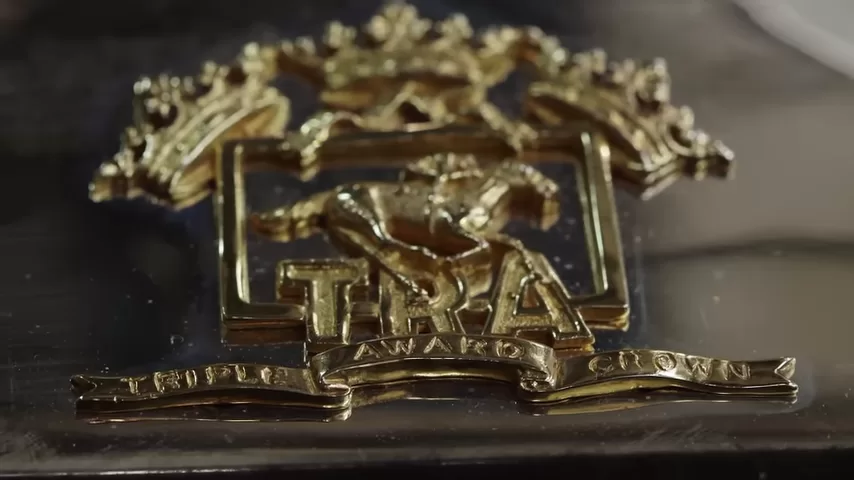
But the seller was unmoved. His bottom line was firm: $500,000 or nothing.
“I really can’t go below $500,000,” he said. “I need to make my money back.”
In the end, no deal was made. But both parties walked away knowing exactly what they were handling: a masterpiece of sports history.
A Crown Too Heavy to Let Go
The 1978 Triple Crown Trophy is far more than a collectible. It symbolizes one of the most dominant performances in horse racing, representing not just Affirmed, but an entire moment in American sports. It’s a tangible connection to a time when racing dominated headlines, and trainers like Laz Barrera were as revered as championship coaches.
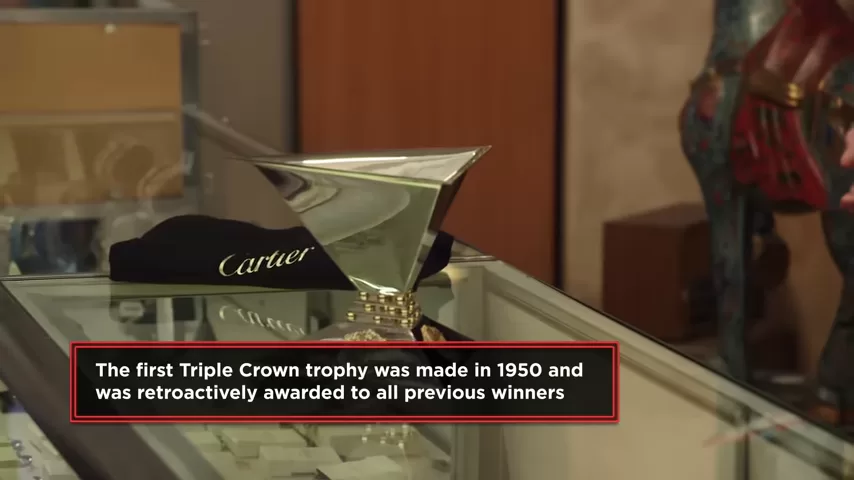
For collectors, it’s not just a trophy. It’s the grail.
And like most grails, it doesn’t sell easily.
Final Thoughts: The Race Isn’t Over
Although no sale happened that day, the trophy’s legend only grew. With an authenticated provenance, expert appraisal, and iconic status, it’s only a matter of time before the right buyer steps forward.
“I’m confident I can find a buyer who’s willing to pay what it’s worth,” the seller said.
And who knows? That buyer might not be a collector at all. It could be a museum, a racing organization, or even a descendant of Affirmed’s legacy looking to reclaim a piece of the past.
Until then, the trophy waits—polished, pristine, and priceless.
